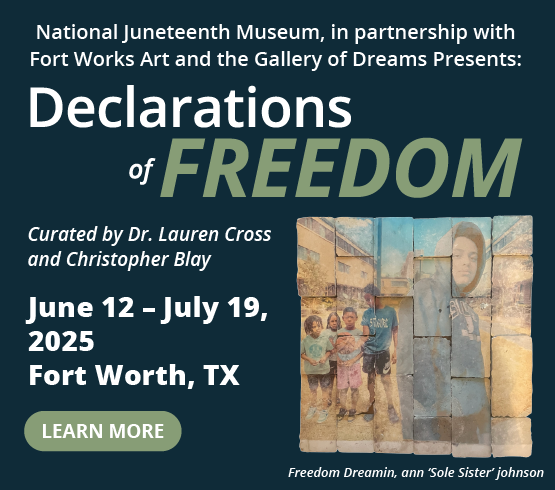When I caught up with artist, professor, and 2022 Tito’s Art Prize winner Tammie Rubin, she was deep in the Blue Ridge Mountains, about to begin her second session at the Penland Artist Residency. Rubin had just come off a busy Fall, with exhibitions at Austin’s Gray Duck Gallery and Dallas’s Galleri Urbane and was busy preparing “body-sized” ceramic sculptures for her upcoming exhibition at Austin’s Big Medium. The show, which runs from March 17 through April 29, is the culminating event of the Tito’s Prize, and the artist is using it as a chance to go big.
Rubin is talking about her own experience, but it might as well be a motto for her work as a whole. This “slippage between contexts,” as she calls it, is what makes her sculptures so compelling. Her signature Always & Forever (forever, ever) ceramic series, mostly conical ceramic forms with slit openings that appear to be like eyes, can be interpreted as KKK hoods, medieval European religious pageantry, dunce caps, or mystical funnels to other worlds. They are equal parts menacing and cute, grouped in clusters that encourage the viewer to search for comparisons and disparities. Some are recognizable as cast forms, repurposed from items one might find in their garage, while others appear more stylized. “Familiarity is a way to open the door for people to enter,” Rubin says. There’s “something innate within us that overlaps. There’s this resonance, a shared visual language through objects.”
Rubin’s dimensional drawings are scored into the otherwise smooth walls of the sculptures. Including maps, migration routes, and familial narratives, Rubin layers information and wisdom from Black history and from her family’s own experiences, tying broader themes to personal ones. Investing hours in these intricate patterns also connotes a respect and tradition for Black women’s labor. She says, “My last aunt passed away in the fall of 2020. I was attending all these funerals. It made me think about their experiences in relation to myself. The choices that I was able to make that they couldn’t. Black women work, they have jobs. Even my aunts that didn’t work outside the home, they did these things with their hands. I come from this tradition of women who work with their hands.”

1 ⁄6
Tammie Rubin; photo courtesy of the artist.

2 ⁄6
Tammie Rubin, Cheer, 2022. Pigmented porcelain, underglaze, glaze, 6.5" x 14.5"

3⁄ 6
Tammie Rubin, Cheer (detail), 2022. Pigmented porcelain, underglaze, glaze, 6.5" x 14.5"

4 ⁄6
Tammie Rubin, Always & Forever (forever, ever) No. 12, 2022. Pigmented porcelain, underglaze, glaze, 12” x 10.5” x 9”

5 ⁄6
Tammie Rubin, Always & Forever (forever, ever) No. 12 (detail), 2022. Pigmented porcelain, underglaze, glaze, 12” x 10.5” x 9”

6 ⁄6
Tammie Rubin; photo courtesy of the artist.
—CASEY GREGORY




